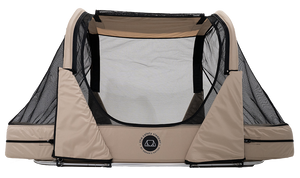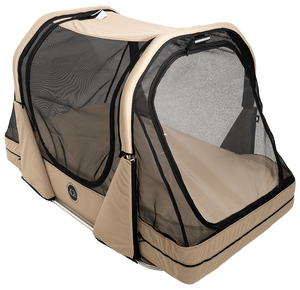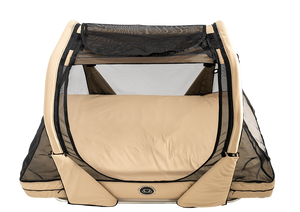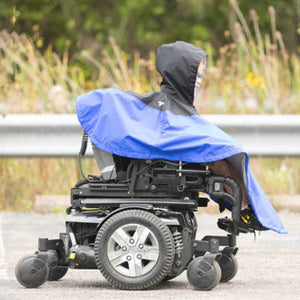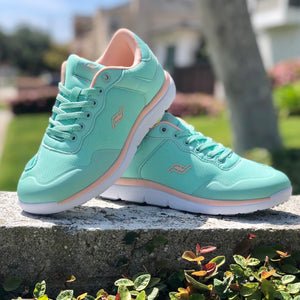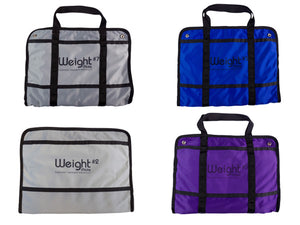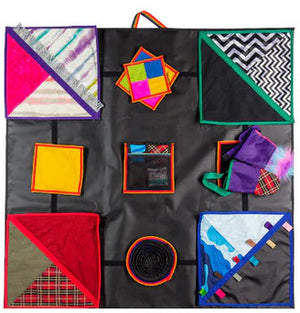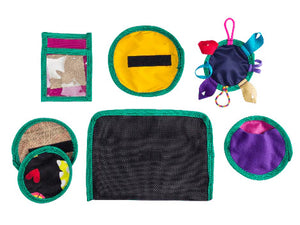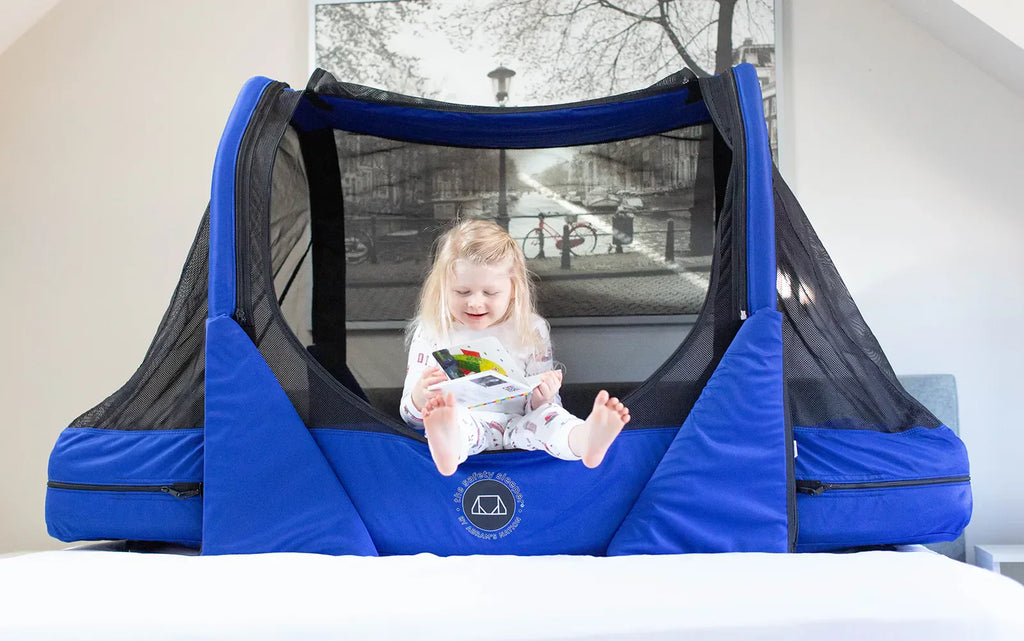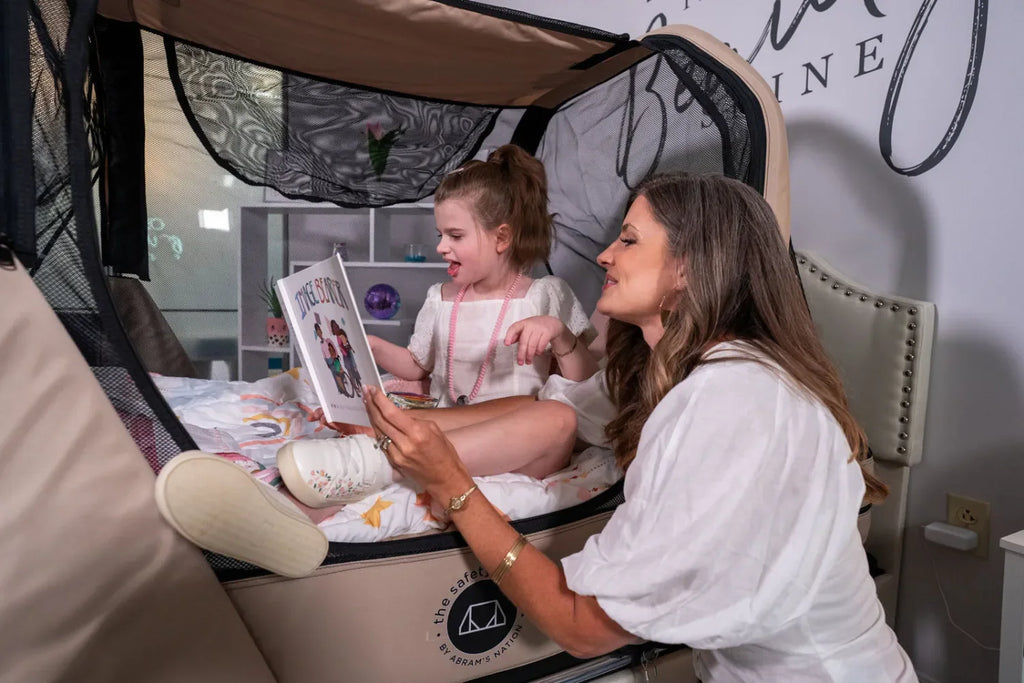If you’re the parent of a child with special needs, you know from first-hand experience just how important medical insurance coverage is for your child’s well-being. Thanks to those very specific special needs, you likely have very different medical expenses from the rest of the families on your block. And without the proper insurance, you’d be on the hook to cover those expensive out-of-pocket, something that would be impossible for many of the families we work with.
But what should you do when you’re denied coverage by your insurance company, especially when it comes to requesting coverage for a special needs bed? It’s a tough position to be in. The insurance company is supposed to support your family’s health, but they’re also a business responsible for generating profits. If they can avoid paying for items that aren’t typically recognized as medically necessary, they’ll take that opportunity.
Unfortunately, many insurance companies are only now beginning to understand the importance of special needs beds like The Safety Sleeper®. Because of that, we occasionally see families fight with the insurance company to secure the funding they deserve.
If you’ve been denied coverage by your insurance company, it helps to understand the typical process for receiving approval and the steps you can take once your request has been rejected.
Understanding the Typical Process for Getting Insurance Coverage
The typical process for receiving insurance approval for a special needs bed (or any other product that generally isn’t covered) looks like this:
- Contact us (or your chosen special needs bed manufacturer) for help getting in touch with a durable medical equipment (DME) supplier.
- Contact the DME supplier. Your DME supplier will ensure they can get the product, if they are contracted with your insurance, and will work to get it into your home. An evaluation will be required by your occupational therapist (OT). If you do not have one, you can work with an OT at your DME company to perform the evaluation needed.
- Ask your doctor for a prescription. The prescription isn’t always necessary to purchase the bed, but it can help if you’d like to submit to insurance for The Safety Sleeper®.
- Send your DME a letter of medical necessity. A letter of medical necessity is a letter that explains why a special needs bed is medically necessary for your loved one’s health and well-being. This is especially important since most insurance companies won’t cover special needs beds without supplemental information.
Unfortunately, much can go wrong during this process, and every misstep could lead to your insurance company denying coverage.
What To Do When Your Insurance Companies Denies Coverage
If you’ve been denied coverage for your special needs bed, follow these steps to submit an appeal:
- Don’t wait. Call your DME. There is limited time to file an appeal, and the DME is instrumental in working with the insurance company.
- Clarify why you were denied. In most cases, the denial will occur because the insurance company isn’t convinced the bed is medically necessary. However, you should always be sure to clarify to give yourself the best chance of successfully appealing.
- Revisit your letter of medical necessity. As we mentioned above, the letter of medical necessity is usually the reason for most special needs bed insurance denials. Your letter should include:
- Photos of your child or loved one in medical distress without the desired bed. We’ve seen pictures of children stuck in between the bars of a crib or lying in a hospital after a severe fall from their current bed. While these pictures may be emotionally painful for you to capture, they’re a critical piece of evidence in proving that your child needs additional care.
- Emphasize why the bed is medically necessary. For example, if your child has a history of dangerous elopement or even entrapment in their crib, The Safety Sleeper® could qualify as a medical necessity because it exceeds all seven guidelines for entrapment, which increases comfort and safety for the user.
- Detail what measures have failed in the past. Specifically, you should detail what issues you are trying to solve and the dangerous hazards your child currently faces (such as chewing on wooden bed frames, headbanging, and potential trauma. Detail what you have tried—including putting the mattress on the floor, assembling a crib tent, co-sleeping, etc.—and why those interventions have failed.
- Supplement your letter with opinions from your doctors and medical specialists. Ask your doctors and specialists to write their own letters of recommendation alongside your own. They should detail why they believe the product is important for your child’s health and safety.
Once you’ve completed these steps, it’s time to get back in touch with your DME. Re-submit the letters of medical necessity and ask for coverage on your product!
If You’re Still Denied Coverage…
In some cases, the insurance company will refuse to budge. But that doesn’t mean you’ll have to pay thousands of dollars on your own! In fact, there are numerous ways to cover your costs. Here are some that we’ve seen work well for families that use The Safety Sleeper®:
- Affirm - Affirm is an awesome loan company that doesn’t charge unnecessary service fees, prepayment fees, or even late fees. With Affirm, you can purchase your bed and then decide to pay it off in three, six, or twelve monthly installments. That can be an incredible lifeline for many families. Example: If your bed costs $4,500, you could break that up into 12 payments of $375 (plus Affirm’s fee).
- Tadpole Adaptive & The Mobility Funder - Abram’s Nation is proud of its partnership with Tadpole Adaptive! Thanks to The Mobility Funder, families can crowdfund necessary medical products (including special needs beds, electric wheelchairs, and more) without paying any annoying platform fees that can cut into funds for the actual medical products.
- GoFundMe - If Affirm and Tadpole Adaptive aren’t good fits for your family, you can turn to GoFundMe to help crowdfund your purchase. Take note: GoFundMe automatically deducts 2.9% of your earnings, so you’ll need to aim a little above the price of your bed to pay for the bed and cover your GoFundMe costs.
- Begin an independent fundraiser. If you’d like a fourth option, you can lean on your community in other ways. By asking for donations through Facebook, co-hosting a spaghetti dinner with your church, or partnering with charities like Kiwanis International or Shriners International, you can successfully raise the necessary funds on your own terms.
Find Even More Assistance
If you’re still wondering about the best insurance and payment options when it comes to The Safety Sleeper®, our special needs bed accessories, or our other wearable products, contact us! We’d be happy to talk through your options.

